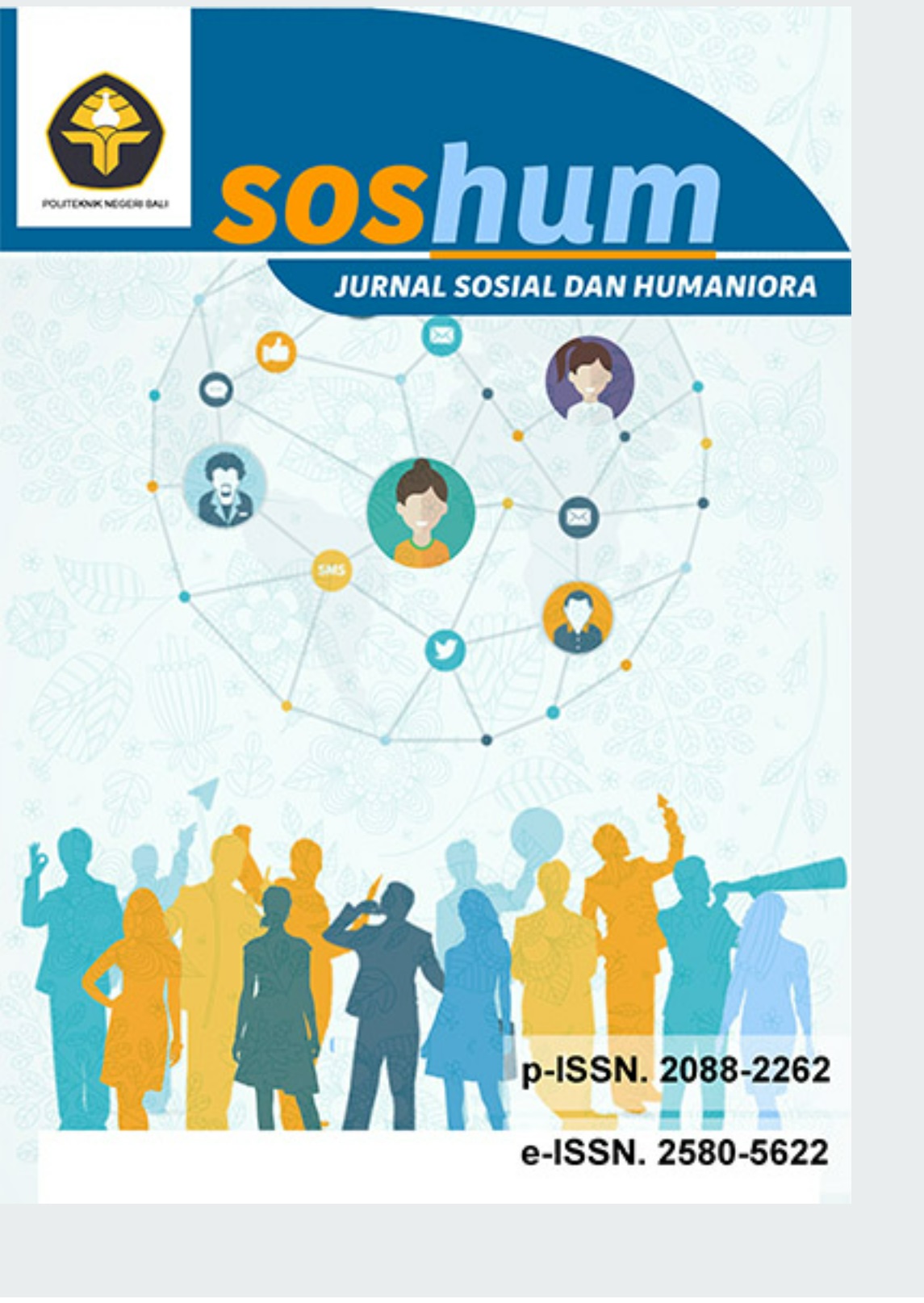Enhancing Public Information Disclosure through the Implementation of SP4N-LAPOR! Using the E-GovQual Model: A Case Study of the Pamekasan District Communications and Informatics Department
DOI:
https://doi.org/10.31940/soshum.v15i1.44-52Keywords:
E-Govqual, Implementation, Application, Information DisclosureAbstract
This study examines the implementation of the SP4N-LAPOR! Application using the E-GovQual model to enhance public information disclosure at the Pamekasan Regency Communication and Information Office. Employing a qualitative research method with a descriptive approach, data were collected through interviews, observations, and documentation. The study's analysis followed the data reduction, data presentation, and conclusion process. The research framework was based on the E-GovQual model, which consists of four key variables with 21 attributes. The findings indicate that the implementation of SP4N-LAPOR! Aligns with Pamekasan Regent Regulation No. 19 of 2022, which governs the Public Service Complaint Management Action Plan for 2020–2024. The analysis of the four E-GovQual variables reveals that: (1) Efficiency—SP4N-LAPOR! has enhanced the effectiveness of complaint handling and overall public service improvement; (2) Trust—the commitment of the Communication and Information Office ensures data security and proper application use; (3) Service Excellence—the system provides efficient and timely services to the community; and (4) Citizen Support—employees actively manage the application, delivering responsive and user-centred services. Overall, the implementation of SP4N-LAPOR! has significantly contributed to broader and more equitable public information disclosure, supporting sustainable governance and improved public service delivery in Pamekasan Regency.Downloads
Published
2025-03-31
How to Cite
Irianto, H., Nurany, F., & Agustina, L. D. (2025). Enhancing Public Information Disclosure through the Implementation of SP4N-LAPOR! Using the E-GovQual Model: A Case Study of the Pamekasan District Communications and Informatics Department. Soshum: Jurnal Sosial Dan Humaniora, 15(1), 44–52. https://doi.org/10.31940/soshum.v15i1.44-52
Issue
Section
Articles






.png)

